Some stories have staying power. Like old blues standards that get covered and reworked and rerecorded and covered again, these stories find their way into the DNA of even the most cutting-edge of popular culture. That is especially true of the mythology of Ancient Greece, which got a facelift with Liv Albert’s new collection, Greek Mythology: The Gods, Goddesses, and Heroes Handbook (Simon & Schuster).
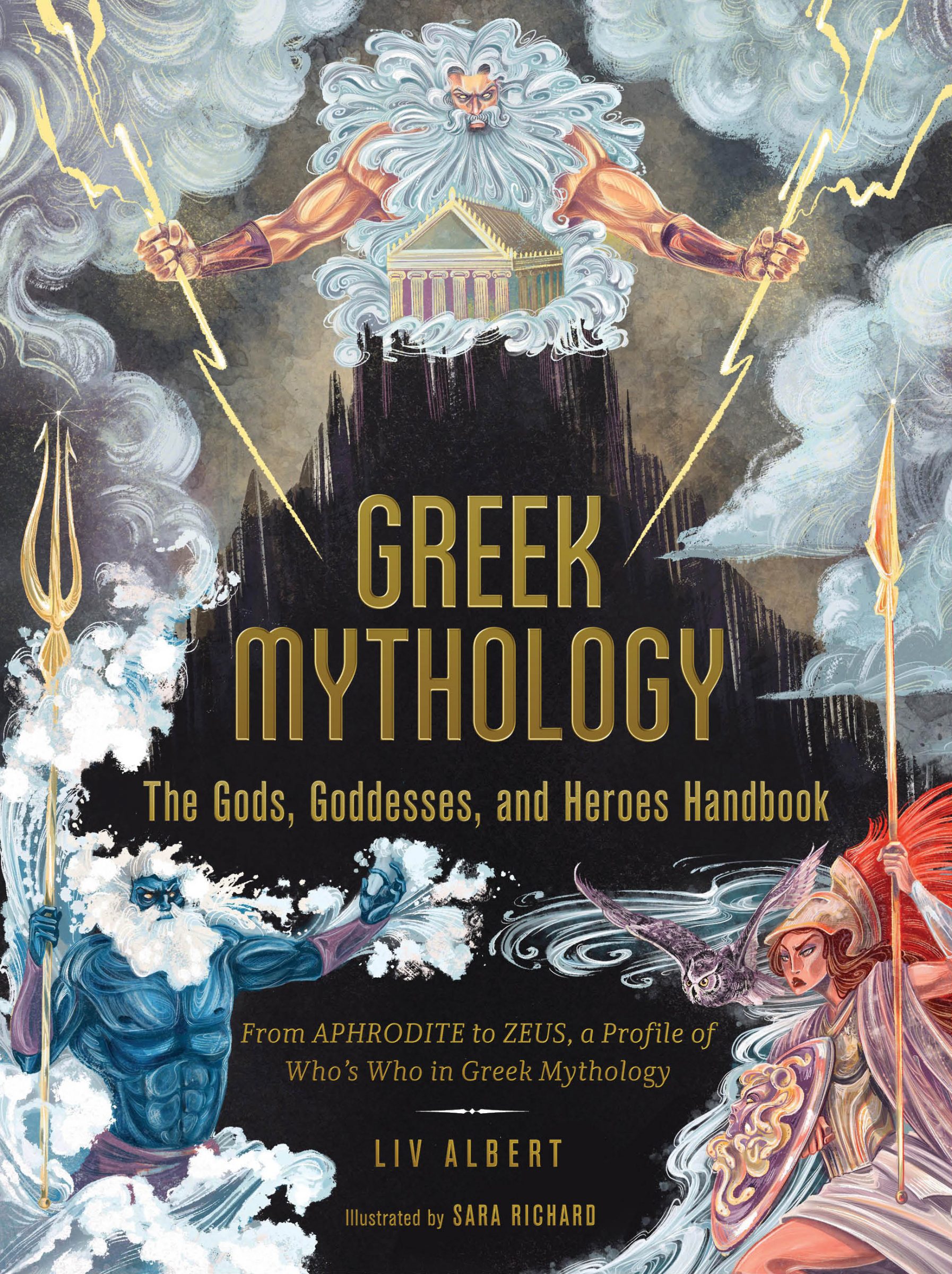
Albert’s feminist retelling of Greek mythology exists on a spectrum somewhere between Stephen Fry’s relatively no-frills Mythos and Heroes books, and the raucous, word-drunk manifesto that is Nina MacLaughlin’s Wake, Siren: Ovid Resung. Albert’s tone is fairly straightforward — the word “handbook” in the subtitle is a clue to the “Who’s Who” nature of the book. It’s a primer on the Olympians, heroes, titans, and other movers and shakers in the world of Greek myths. But the author works to address the misogyny that is often baked into these tales (remember — in one version of the story, Pandora, the first woman, is created by Zeus as a punishment for men who had angered him).
“Adonis caught the eye of Aphrodite the moment he was born (we won’t dig too deep into just how troubling that is).”
“Most of the moons of Jupiter have been named after ‘lovers’ of Zeus (again, he was really more of an assaulter),” Albert writes. “Interestingly, the NASA spacecraft Juno orbits Jupiter. Basically, this means NASA sent Zeus’s wife to watch over him and the women he had affairs with.” From reminders about the more problematic elements of these stories (and there are plenty) to references to popular culture, astronomy, and the later Roman myths inspired by tales of the Olympians, Albert is careful to both entertain and enlighten. She traces these stories’ paths through history, delivering enough wry jokes to keep the pages turning. And she’s careful to set the record straight where it needs it. One example? Heracles, of the 12 Labors of Heracles fame, is spelled according to the traditional Greek pronunciation, and he sports his classic lion-skin cape and giant club.
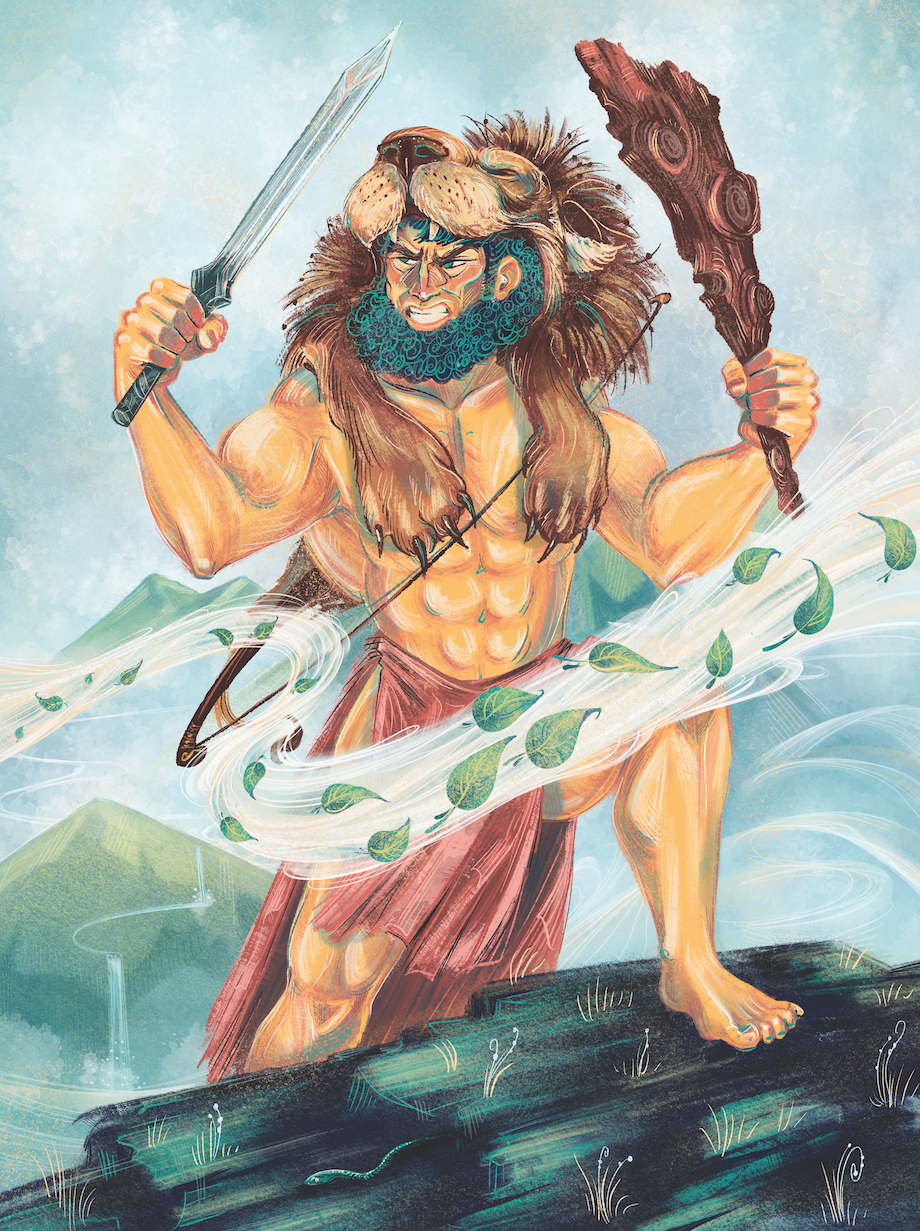
The book’s illustrations, masterfully rendered by Sara Richard, are worth the price of admission alone. Drawn by Richard, the minotaur is hulking, monstrous, a Greek shield impaled on his horn. The witch Circe is elegant as she holds a chalice of steaming potion; she is depicted surrounded by boars with eerily human hands, a reference to Odysseus’ crew and their transformation at Circe’s hands.
In all, the book is a delightfully updated version of many of the most famous Greek myths. It’s a primer for anyone interested in the roots of many modern stories.
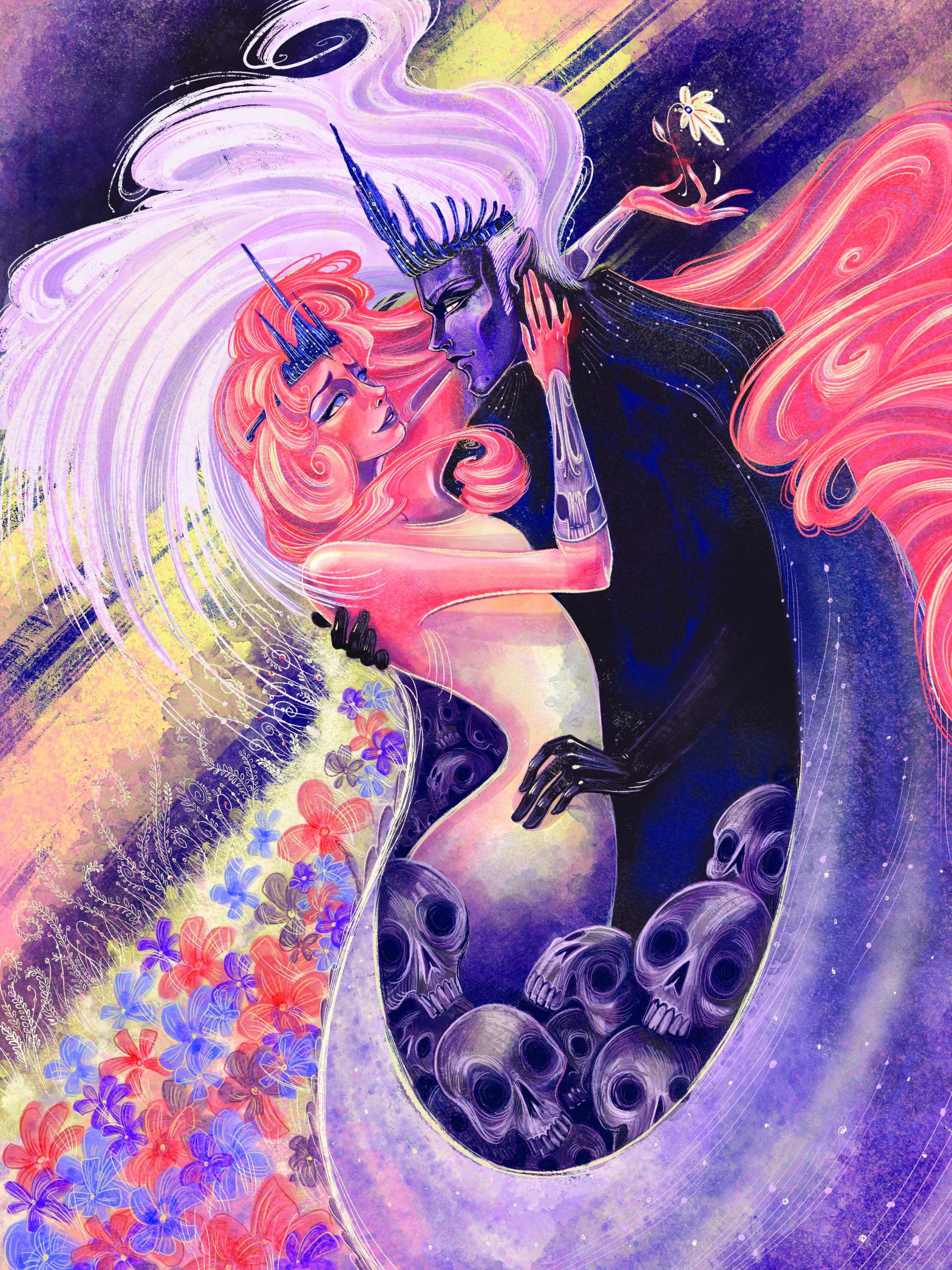
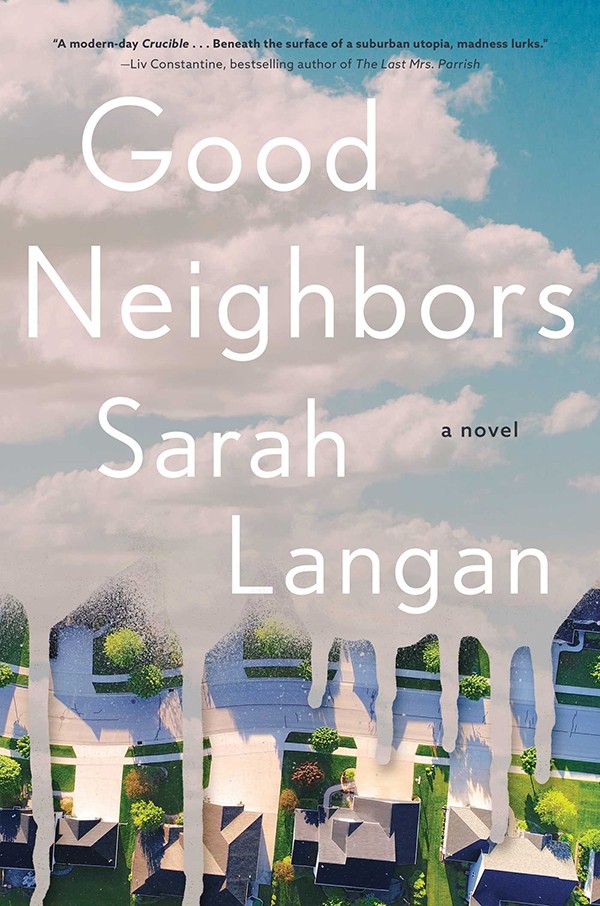
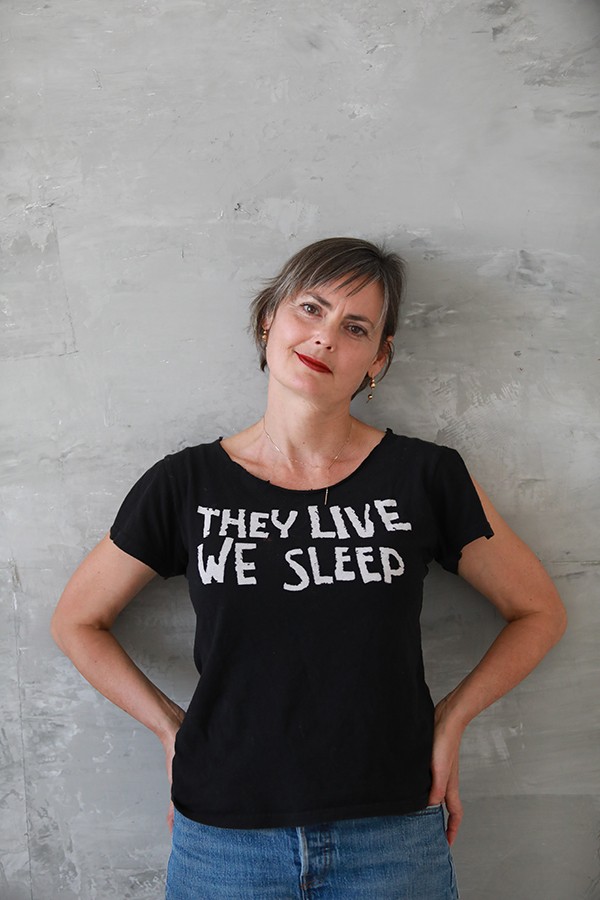 David Zaugh, Zaugh Photography
David Zaugh, Zaugh Photography